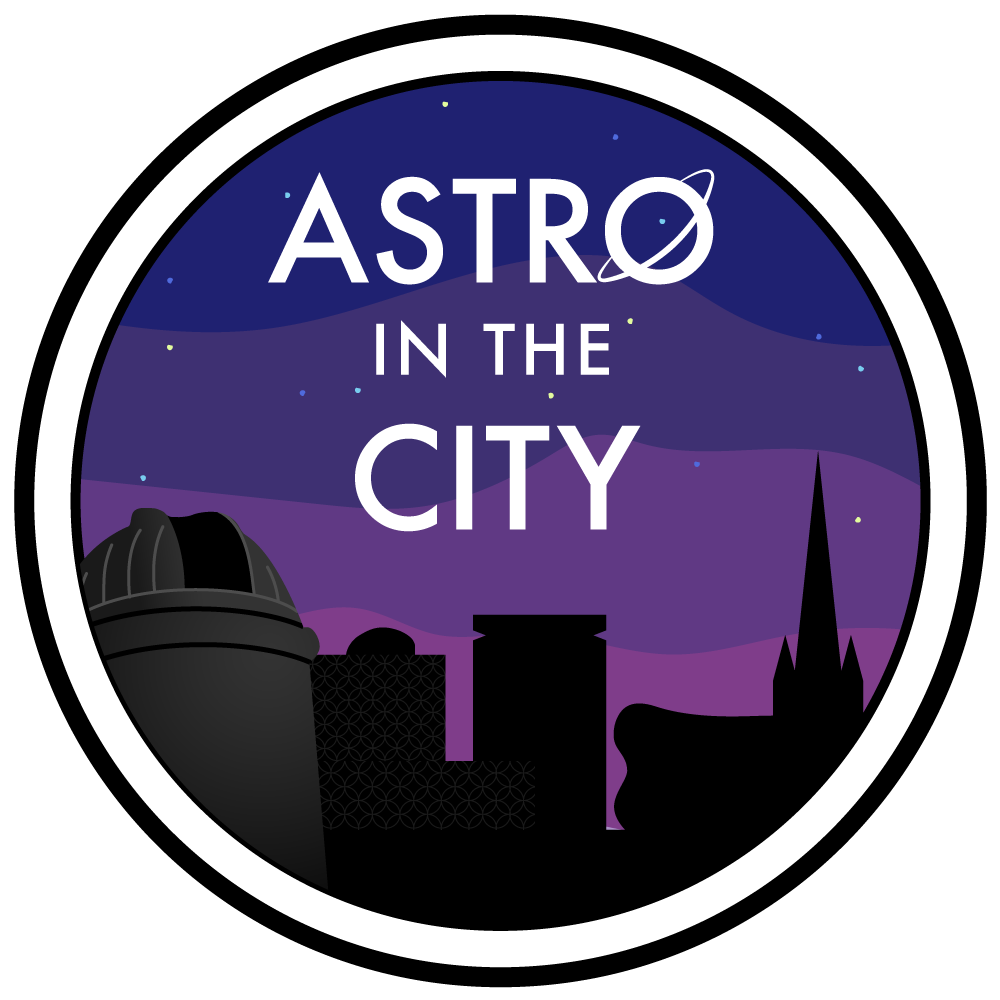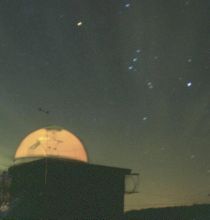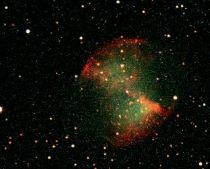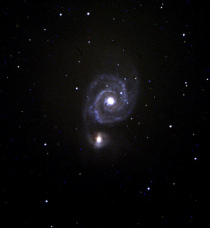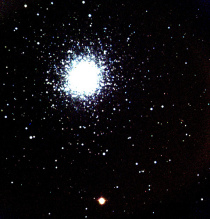Astronomy in the City
Upcoming Events
Our next Astronomy in the City event is Wednesday October 22nd 2025, 17:30 –21:00.
Booking essential!
Each Astronomy in the City event will feature a talk on a different astrophysical topic connected to the research done at the University of Birmingham. October Event: we will be hearing from Dr Dimple, who will be talking about cosmic fireworks.
Astronomy in the City is aimed at secondary
school age and above (Year 7+). Younger children are welcome
to attend the talks/observing on campus. Observing on CampusDepending upon the weather, all visitors are invited to join members of AstroSocBAS and Knowle to observe with their portable telescopes from Chancellor's Court in the heart of our Edgbaston campus from 7:30 pm. Please remember to wrap up warm for the cool evenings.
Where to Find UsThe talks and refreshments will be held in the Poynting Physics Building (R13 on the campus map), with telescopes in nearby Chancellor's Court. The University's website has directions to the Edgbaston campus and how to reach the Poynting Physics Building; the lecture theatre, refreshments and demonstrations are on the second floor. Disabled access is readily available on campus . TicketsAdmission is only available with a ticket, which can be booked for free from Ticket Tailor.
|
|



